Incluvie Foundation Gala - Learn More
Have a Good Trip: Netflix Takes You on an Adventure Into the Reality of Psychedelics
Have a Good Trip offers a rather balanced look at psychedelic use. While its main narrative is the stories of recreational use by celebrities, it does delve into the medical history of psychedelics and its use in psychotherapy.
Have a Good Trip: Adventures in Psychedelics (2020)

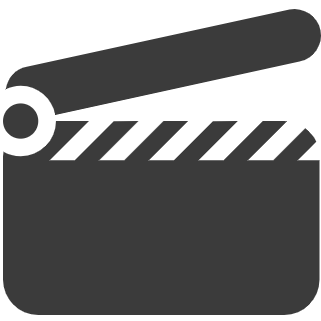
“Just say no.” This was the anthem of the War on Drugs movement of the 1980s. It quickly and quietly shut down research into psychedelics, and was largely propagated by misinformation. Have a Good Trip: Adventures in Psychedelics, a new Netflix documentary written and directed by Donick Cary, delves into the reality of psychedelics.
It features stories from comedians and celebrities about the respective psychedelic trips they’ve taken. This includes Sting, Sarah Silverman, Lewis Black, Anthony Bourdain, Carrie Fisher, Rosie Perez, A$ap Rocky, among an array of others.
What makes this film fascinating is the direction it fundamentally takes. Interwoven are testimonials that are brought to life with a multitude of animation styles. When I first saw the animation in Sting’s story, I wasn’t sure how I would feel about it. As the film progresses, however, I saw more of the different kinds of animation, and I came to really appreciate how it enhances the narrative.
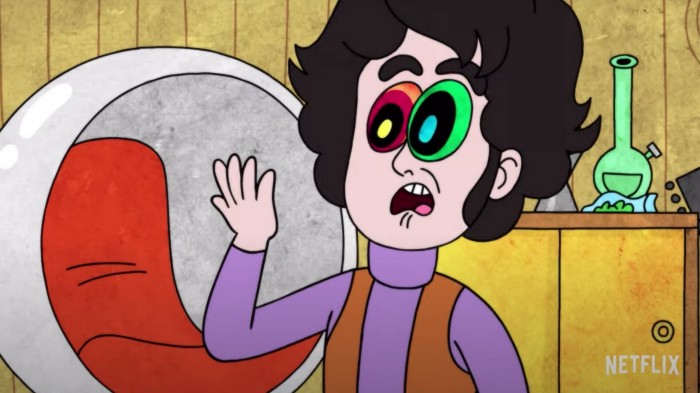
Cary expertly knows how to break up the film in order to keep it engaging. Not only does the style of animation change from person to person, but some of the testimonials involve live-action reenactments that I found to be hysterical. While the material is interesting enough on its own, the film is heightened by its keen sense of humor. There has to be a sense of humor when discussing some of these stories, and Cary knows how to capitalize on that with dramatizations, specific cuts, and side stories.
Have a Good Trip offers a rather balanced look at psychedelic use. While its main narrative is the stories of recreational use by celebrities, it does delve into the medical history of psychedelics and its use in psychotherapy. In the 1960s, psychologists were looking at the benefits that controlled LSD use had for people struggling with mental disorders. They found that it helped alleviate anxiety in people suffering from terminal cancer, alcoholism, opioid use, and depression. However, these tests were shut down when the United States government made psychedelics illegal in 1968.
To help convey this, the film interweaves different segments within the main testimonials. There is a pseudo-Bill Nye segment with Nick Offerman debunking some misconceptions surrounding psychedelics, while simultaneously offering some of Offerman’s signature dry humor. There’s also a fantastic reoccurring segment called “Bad Trip” with Adam Scott, who plays an exaggerated host of an 80s infomercial preaching against drug use. This involves a storyline about a group of teenagers at a party who take acid and proceed to jump out windows.
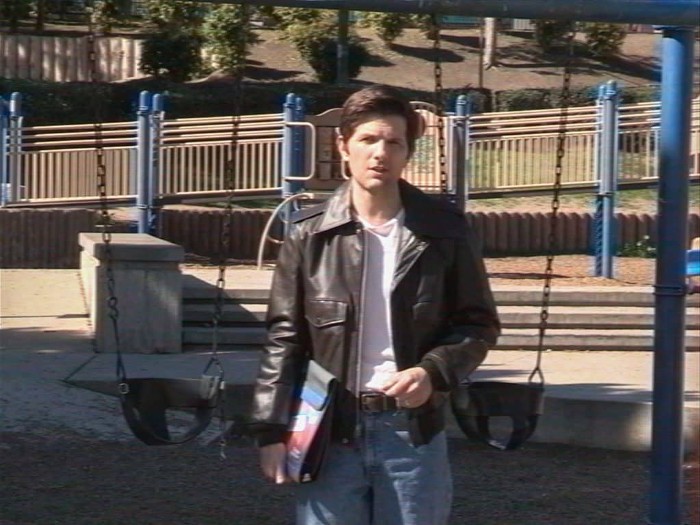
These scenes are some of the best parts of the film. Not only are they absolutely hilarious, but they nicely break up the pacing of the testimonials. Adam Scott is fantastic playing this deliberately contrived host. As with most of the side segments, “Bad Trip” is used for the deliberate purpose of reinforcing the larger concept of the film: destigmatizing psychedelics so that we can talk about them without the added baggage that surrounds them. It satirizes the afterschool specials that many kids in the 80s grew up watching; spotlighting how these videos created a caricatured perception of psychedelics to counter the counterculture.
One thing the documentary doesn’t go into as much as I would have liked is more of the psychology of psychedelics, and what actually happens to the brain while on these drugs. For a deeper dive into that, I would recommend watching another original series on Netflix, The Mind, Explained. The final episode in this miniseries goes into psychedelics and does a really good job of covering more of the neuroscience behind it. Have a Good Trip is more about entertainment value while providing some additional education. Whereas, with the psychedelics episode of The Mind, Explained, the purpose is purely educational.
In terms of diversity, there is a good amount of diversity within the speakers telling their stories. At one point, A$ap Rocky explains a little bit about how psychedelics are perceived differently within communities of color than in white communities, which I found to be really interesting. I wish this could’ve been a bigger focus of the film; looking at how all different communities of people view and perceive psychedelics, rather than purely focusing on the mainstream viewpoint. That would have been a captivating side element that could have further fleshed out the wider story the film was telling.
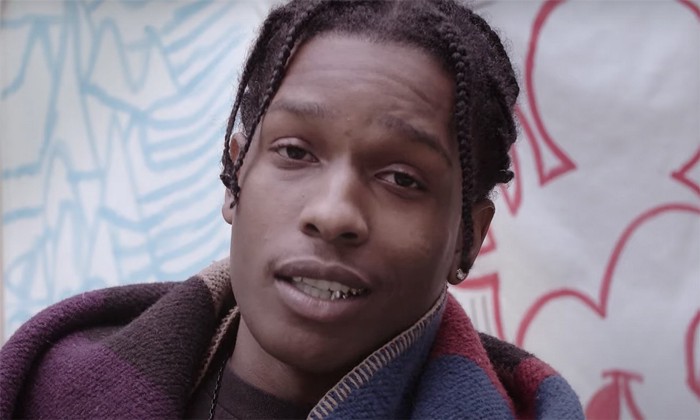
The film ends by saying that after 50 years of being outlawed, scientists and psychologists are finally able to experiment with the benefits of psychedelic use, and how they are being employed to help treat people with mental disorders. While recreational use is up to everyone’s own discretion, the medical use of psychedelics can be hugely instrumental.
Medical marijuana has already been huge for helping to treat an assortment of mental disorders. As scientists and psychologists were starting to learn in the 60s, these can be used to safely help people process things within their brain, and it is great to see a resurgence in this research.
We are at the beginning of a new era within the United States. After such strong anti-drug laws, cannabis is being legalized across the country. The effects, both recreationally and medically, are being examined and seen to do wonders in helping people. Now, psychedelics are on a similar path. With this, it’s great to see a documentary such as Have a Good Trip tackle this destigmatization through a comedic framework.
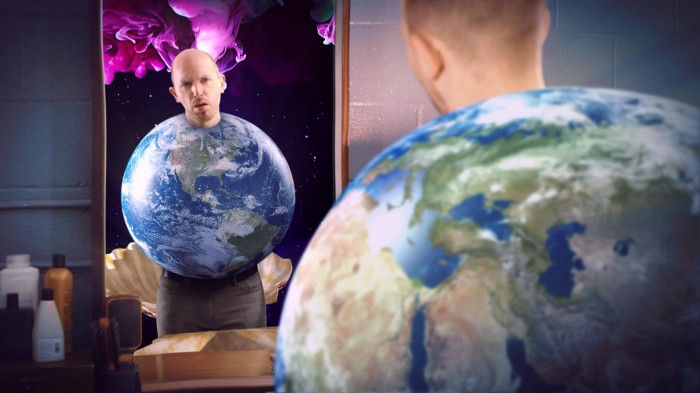
Overall, Have a Good Trip: Adventures in Psychedelics is a rather fascinating and funny exploration of psychedelic drugs. It presents them earnestly, through personal stories of those who have taken them — both good and bad. Some people talk about how much fun they had while on them and how much they learned about themselves and the universe; others talk about some of the dangerous decisions they made or how it just wasn’t for them. Supporting segments round out the history of psychedelics and the misinformation that largely surrounds them.
This encourages our need as a society to have open and honest conversations about the benefits, drawbacks, and usefulness of psychedelic drugs. This can only happen when we remove the baggage attached to it by “Just say no” and other campaigns, and look at the facts involved.
I am surprised to say that this film is now my favorite movie of 2020, considering I had never heard of it before I watched it. Granted, the amount of movies being released this year is condensed, but I may have found my new frontrunner.

Author: Nathanael Molnar, originally published [5/18/2020]
More to explore
By Same Author
Related lists created by the same author




